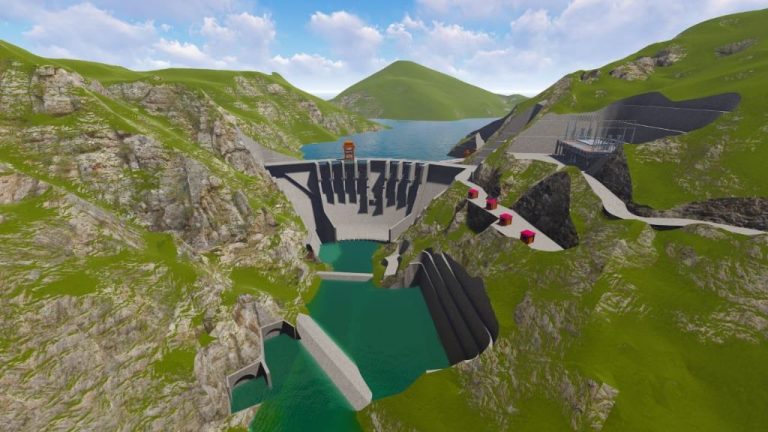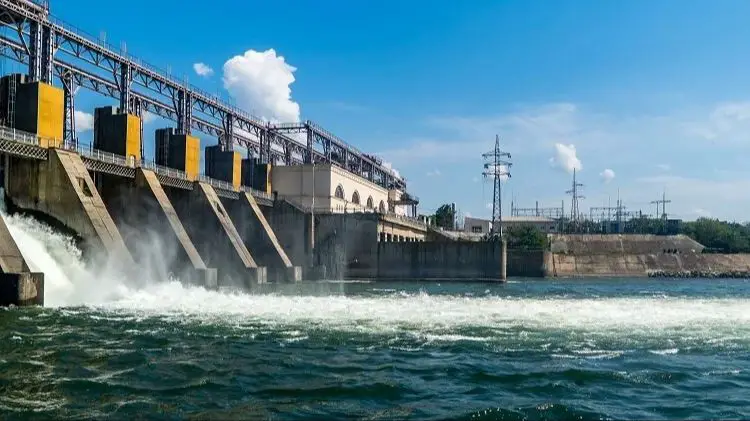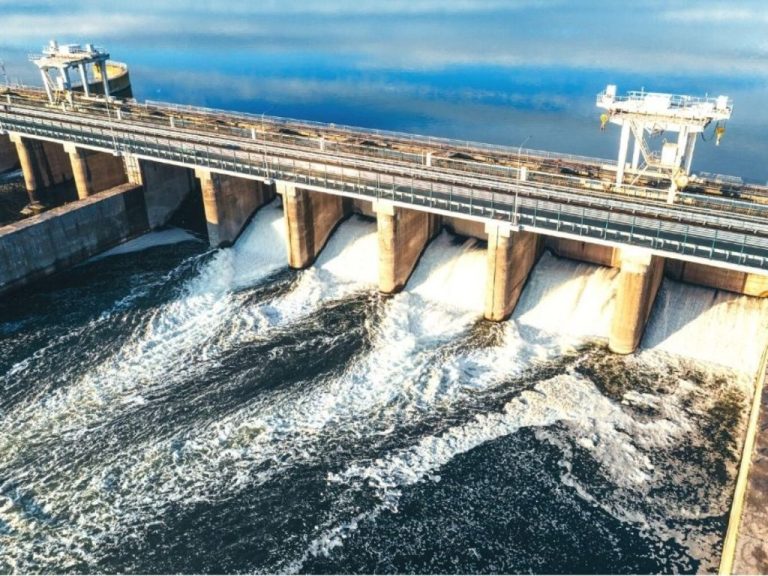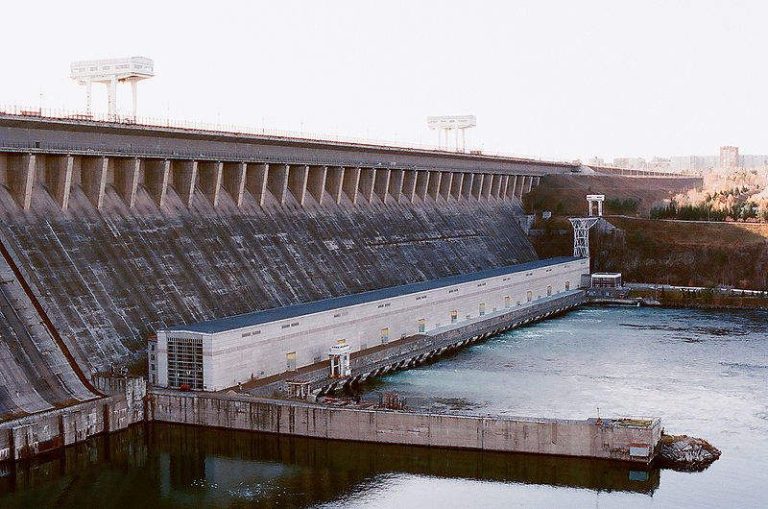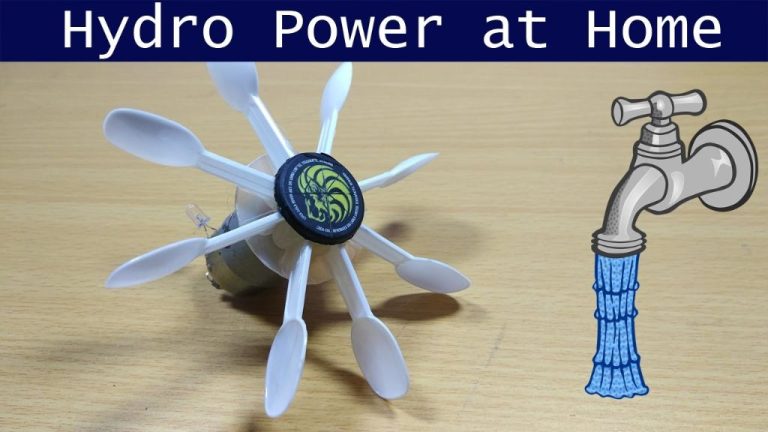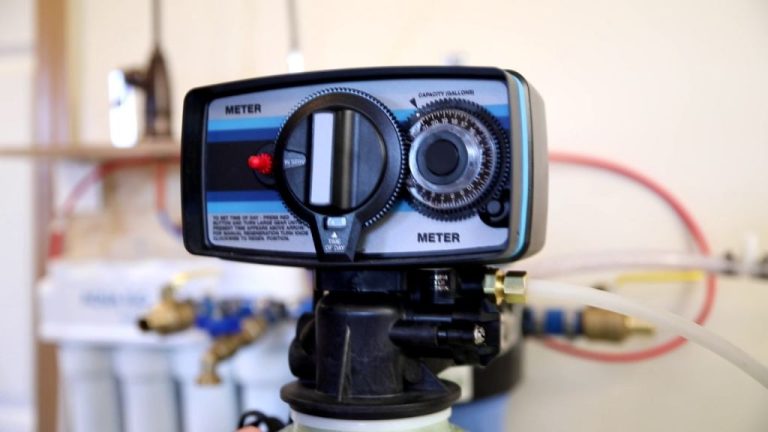Why Did They Invent Hydropower?
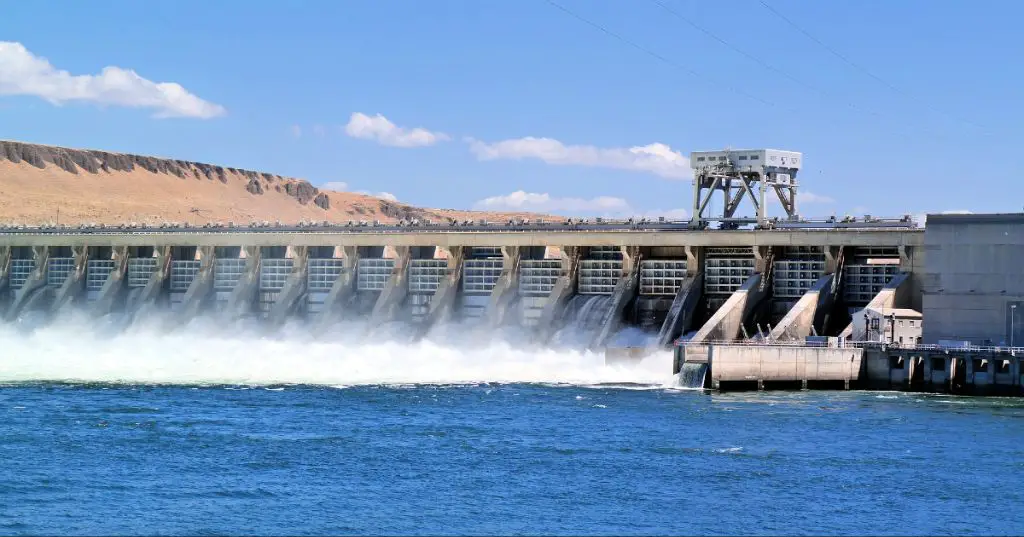
Hydropower has been used as a source of energy for thousands of years. The earliest known use of hydropower was in ancient Greece around 150 BC, where water wheels were used to grind wheat into flour (The History of Hydropower: The Big Picture). Water wheels were also used in ancient China dating back to 30 AD to operate bellows for smelting iron. In the early Middle Ages, hydropower became more widely used in Europe to power mills for grinding grain, tanning leather, manufacturing paper, and more.
The 19th century saw major developments in hydropower with the invention of the modern turbine. In the 1870s, Lester Pelton invented the Pelton wheel impulse turbine, which used the force of a water jet aimed at the buckets on the wheel to generate power. The efficiency of the Pelton wheel made hydropower much more viable on an industrial scale.
By the late 19th century, the advent of industrialization led to increasing demand for electricity. Hydroelectric power plants began to be constructed in mountainous regions near rivers and streams, using the force of falling water from dams to drive generators. This allowed hydropower to be produced cheaply and transmitted over long distances to population centers.
Harnessing the Power of Water
Water has long served as a powerful force in nature and an essential resource for human civilization. With flowing rivers and streams crisscrossing the landscape, people discovered the potential to harness the kinetic energy of moving water. They initially used the power of water mechanically, mainly for irrigation or operating mill machinery. But eventually, water’s energy could also be converted into electricity through hydropower.
Water’s renewable flow and abundance make it an ideal energy source. Rain and snow continuously replenish rivers and fill reservoirs, ensuring a constant supply of moving water that can spin turbines and generate electricity indefinitely. And unlike finite fossil fuels like coal or natural gas, hydropower relies on the water cycle so it will never run out as a resource. Whether to power machinery or produce electricity, people recognized the unique value of hydropower to reliably utilize water’s renewable energy.
Generating Electricity
Hydropower harnesses the natural energy of moving water to generate electricity. The process relies on using the kinetic energy of flowing water to turn turbines, which then spin generators to produce electrical power. As water moves downstream, it passes through a dam and flows over turbine blades inside the hydropower plant. The moving water pushes the blades, causing the shaft to rotate. The shaft is connected to a generator, so as it spins, it converts the kinetic energy into electrical energy (How is hydropower used to generate electricity?). The electricity is then fed into transmission lines and distributed (About Hydropower).
Early Hydropower Uses
The power of flowing water has been harnessed for thousands of years. Some of the earliest uses of hydropower were for irrigation, operating water mills for grinding grain, sawing wood, and processing other raw materials like flour, textiles and lumber. The ancient Greeks used water wheels for grinding wheat into flour more than 2,000 years ago. Water wheels were also widely used in the Roman Empire. In fact, remains of a water-powered stone sawmill dating back to Roman times were found at Hierapolis in Asia Minor (modern-day Turkey).
Medieval Europe made extensive use of hydropower through overshot water wheels for purposes like milling and pumping water. The number of water mills sharply increased from the 12th century onward, demonstrating the growing reliance on hydropower. Water mills for grain milling were critical to supporting agriculture and food production. The Domesday Book of 1086 documented around 6,000 water mills in operation in England alone. By the late 19th century, hydropower provided the energy for industrialization as water wheels powered machinery and mills during the Industrial Revolution. The ability to use the power of water was an important step in the advancement of civilization.
Sources:
https://brainly.com/question/41723111
https://www.agriculturalmuseum.org/silver-lake-mill
Industrialization’s Energy Demands
The Industrial Revolution, beginning in the 18th century, created a huge demand for power to run factories, mills, and mines. Water wheels and windmills had been used for centuries to grind grain, saw wood, and pump water. But these traditional methods could not provide enough power for large-scale industrial processes.
The steam engine, invented in the early 1700s, provided a new source of power using coal. However, steam engines were limited in where they could be located due to the need to bring in coal (ref). The growing factories of industrial towns required massive amounts of reliable, centralized power.
By the late 1800s, engineers realized the potential energy locked in rivers and waterfalls could meet these needs on an enormous scale through hydropower. Rivers and water provided a free, renewable energy source that could be harnessed anywhere with the right topology. The push for electrification in the late 19th century further drove the demand for hydropower, which could transmit electricity over distances.
As Andrew Solway discusses in Water Power, the “huge and insatiable demand for energy” during the Industrial Revolution directly led to the invention and rapid spread of hydropower technology (ref). The concentration of industry along rivers, canals, and waterways provided ideal locations to install hydropower facilities that drove industrialization forward.
Hydropower’s Advantages
Hydropower has several key advantages that make it an appealing renewable energy source. First, it is renewable – hydropower relies on the water cycle, which is continuously renewed through evaporation and precipitation. This means hydropower can be generated again and again, making it a sustainable long-term energy solution (1).
Second, hydropower is reliable. The flow of water in rivers and streams provides a consistent, dependable source of power. Hydropower plants can quickly ramp electricity generation up or down as needed to meet demand. This makes hydropower more reliable than intermittent renewable sources like wind and solar (1, 2).
Finally, hydropower is cost-effective. Once a hydropower system is constructed, operating costs are relatively low compared to other energy sources. Fuel is free and maintenance costs are low since the facilities operate with few moving parts. The average lifespan of a hydropower facility is 50-100 years. This makes the long-term costs of hydropower very economical (2).
In summary, hydropower’s renewability, reliability, and cost-effectiveness give it key advantages as an energy source.
(1) https://www.energy.gov/eere/water/benefits-hydropower
(2) https://www.enelgreenpower.com/learning-hub/renewable-energies/hydroelectric-energy/advantages
Hydropower Projects Begin
The first major hydropower project was built at Niagara Falls in 1879.1 For centuries, people had dreamed of harnessing the power of the falls, which have the highest flow rate of any waterfall in North America. In 1853, the Niagara Falls Hydraulic Power and Manufacturing Company was formed, and in 1879 they commissioned a hydroelectric project designed by Thomas Edison. This project directed water from the upper Niagara River and utilized several smaller canal systems that had been dug beginning in 1759. Edison’s Three Sisters Power Station featured water turbines connected to DC generators that produced power for mills and lighting. At the time, it was one of the first large-scale electric power stations and helped foster the development of new industries in the area by providing inexpensive power.
Hydropower Expands
Hydropower saw massive growth and expansion in the 20th century as electricity demands continued to rise. The first hydroelectric power plant in Europe was built at Niagara Falls in 1895, generating power from the natural waterfall (Hydropower.org). Many more hydropower projects followed to harness major rivers and waterways around the world.
By 1900 hundreds of small hydropower plants were in operation as the emerging technology spread across the world (Hydropower.org). The early 20th century saw larger hydropower installations, like the Wilson Dam in Alabama in 1924, which could generate up to 663,000 horsepower. The Hoover Dam, completed in 1936, was the largest hydroelectric power station in the world at the time.
With major government investments, hydropower capacity boomed through the mid-20th century. In 1941, the Grand Coulee Dam on the Columbia River began operation as the largest hydroelectric plant in the United States. By the 1960s, hydropower provided one-third of the country’s electric power (Department of Energy). This rapid expansion of hydropower capacity allowed industrialization and economic growth to continue apace.
Modern Hydropower Use
Today, hydropower is a major renewable energy source providing around 16% of the world’s total electricity generation and over 70% in some countries like Norway, Brazil and Canada. In the United States, hydropower accounts for about 7% of total electricity generation and 40% of renewable electricity generation.1 Large-scale hydropower projects like the Three Gorges Dam in China and the Itaipu Dam on the Brazil-Paraguay border generate massive amounts of renewable electricity. Smaller hydropower installations provide distributed generation closer to where the energy is used.
The main advantages of hydropower include its renewability, low operating costs, ability to quickly adjust output to meet demand, long project lifespans, and lack of greenhouse gas emissions. However, hydropower projects can also impact local ecosystems and communities. As a result, development today balances power generation with environmental sustainability and social considerations.
Conclusion
In summary, hydropower was invented and has continued to be an important energy source for several key reasons. First, it allowed early industrialization by providing a reliable way to generate power for factories using the movement of water (cite: https://www.enelgreenpower.com/learning-hub/renewable-energies/hydroelectric-energy/faq). Second, as electricity demand grew in the 20th century, hydropower’s ability to generate large amounts of electricity in a sustainable way made it an ideal energy source to meet these needs (cite: https://westerncaucus.house.gov/news/documentsingle.aspx?DocumentID=4334). Lastly, in the modern era hydropower remains one of the largest renewable energy sources globally, providing over 15% of electricity generation. Its storage capacity also makes it uniquely valuable in balancing electricity grids increasingly supplied by intermittent renewables like solar and wind (cite: https://www.linkedin.com/pulse/5-reasons-why-you-should-dive-hydropower-eurelectric-htfje).

